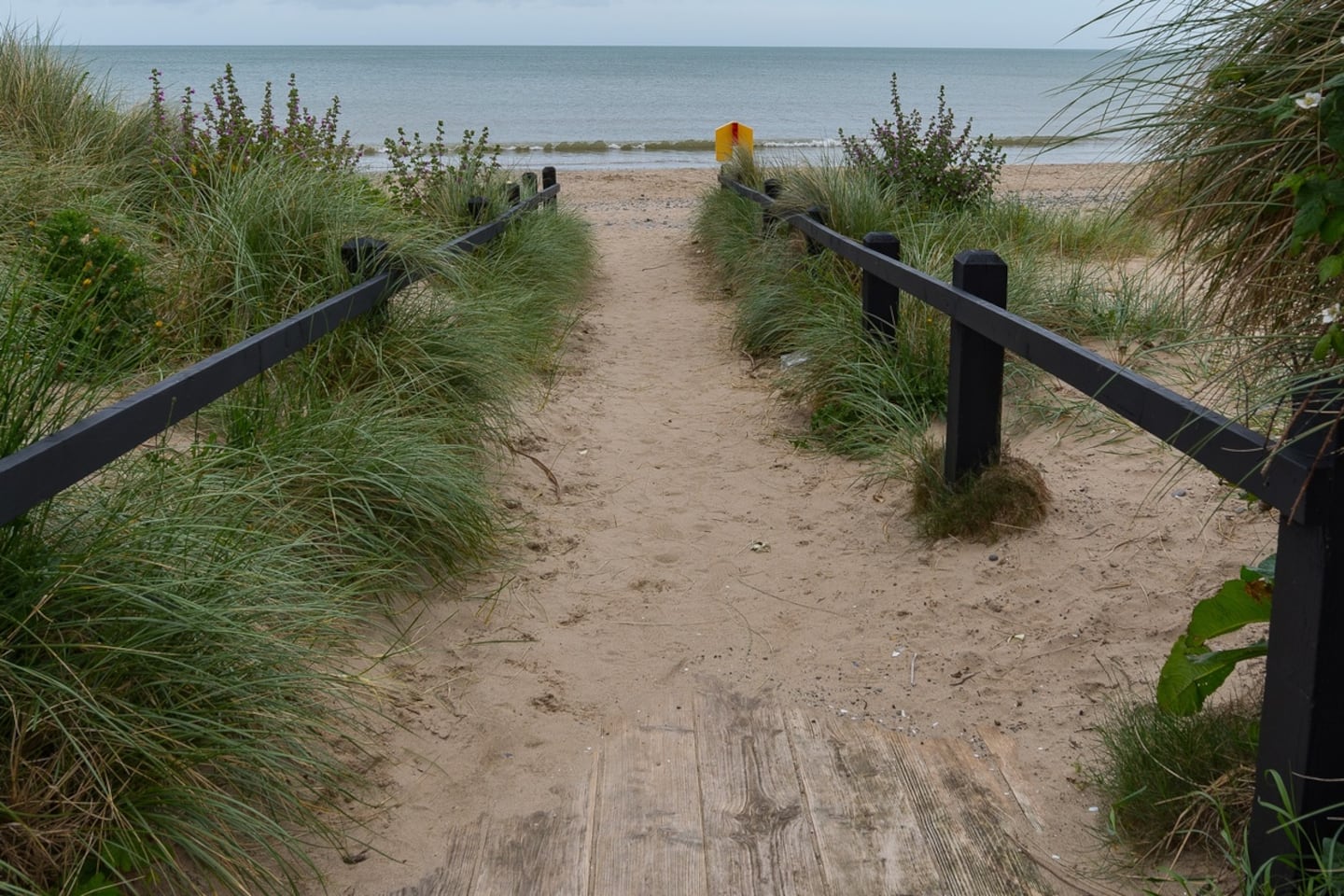The availability of cutting-edge telecommunications networks and connectivity services for businesses is one of the key factors underpinning Ireland’s economic growth. The continuous development of our telecoms infrastructure and services is therefore central to sustaining the Irish success story.
As our digital world continues to rapidly evolve, the requirement for faster, more robust connectivity is paramount. Five years ago, 100G was a notional concept for Irish companies but with the volume of information generated and consumed by businesses growing unabated, demand for high-capacity services is increasing across all sectors.
Internet traffic growth also continues to grow. TeleGeography, the telecoms market research company, reports that global internet traffic for 2022 grew by 29 per cent, with no sign of this rate slowing down.
Considering this, it is now time to ensure the Irish telecoms infrastructure is ready to adapt the best available technologies to support this sustained demand. That means getting ready for 800Gbps (gigabytes per second) backbone networks.
READ MORE
In the fibre telecoms industry, organic growth is generally achieved through evolutions in the hardware and software that light the fibre. Better speeds can be achieved through improvements in the technology, which can essentially squeeze more juice from the physical fibre.
For example, today Enet is able to deploy 100Gbps technology on existing national fibre networks, and is in the process of deploying 400Gbps over these same networks.
However, as we look ahead to the coming years, a number of constraints – such as quality and availability of fibre – are presented on the various networks that constitute most national backbone fibre networks. These constraints will need to be managed to ensure technically reliable and commercially viable 800Gbps backbone networks are available to all business and investors in Ireland.
It is important at this point to distinguish between two types of fibre. Access fibre, such as fibre to the home or metropolitan ethernet networks, could be equated to our regional road network. We are experiencing a high degree of investment in these here, not least the national broadband rollout to most rural parts of the country. This investment will see the eventual replacement of our older copper networks.
With Ireland at the forefront of technology development, the next five years will be truly transformative for our economy
Backbone fibre is the equivalent of a motorway network. Roughly following the routes of our national road and rail networks, these backbone fibre connections create links between the major towns and cities, and carry the traffic between the major hubs and onwards to the global telecoms networks.
Heavy investment in our access networks will inevitably drive much higher traffic levels to these backbone networks. As a result, these backbones need to evolve to stay ahead of the demand generated by these investments.
What is the concern?
Not the technology itself – it is available today and is part of all the major optical equipment manufacturers technology roadmaps. The challenge the industry in Ireland needs to meet is the availability of suitable underlying fibre. This fibre needs to reach a certain quality threshold if the full power of 800Gbps can be achieved.
Fibre degrades over time and needs to be upgraded to ensure quality thresholds are maintained. Due to the scale of the investment required to deploy a national fibre backbone network, the market conditions need to exist to attract this investment, be it private or public funding.
This is not an easy task for industry regulators, who need to find the balance in how they regulate markets so as not to discourage investment in backbone networks in Ireland but to ensure optimal telecoms services are delivered here.
At present, the market conditions for investment are challenging, as the majority of existing backbone fibre infrastructure is not always made available. This will need continued focus in the near term to ensure our fibre backbones are physically ready to support the evolution to 800Gbps technology and beyond.
How do we ensure Ireland does not fall behind?
Achieving 800G capacity networks in Ireland demands an approach that involves both private and public interests. This requires a comprehensive strategy that addresses infrastructure, technology, and funding. To begin with, private operators need to spearhead the deployment of cutting-edge networking technologies, including both the fibre-optic cables and the technology that connects them.
Substantial investment into the development and deployment of these advanced networks will be required. Therefore, operators need to envision a long-term commitment to upgrading and maintaining these networks.
Simultaneously, Government policy and the regulatory framework is vital to facilitate a conducive environment for such technological investment. Policymakers should formulate favourable regulations that create the conditions for private operators to invest in high-capacity backbone fibre networks.
Failing to have the right market conditions to allow these investments would hinder Ireland’s economic progress and global competitiveness. As industries increasingly rely on seamless connectivity, inadequate backbone networks would impede data-driven innovations, ecommerce, remote work, and various emerging technologies.
Moreover, the country’s attractiveness to foreign direct investment could diminish if its digital infrastructure lags global standards. Companies considering establishing a presence in Ireland might be deterred by inadequate connectivity, as a robust digital framework is now a key factor in investment decisions.
With Ireland at the forefront of technology development, the next five years will be truly transformative for our economy. As a result, we need to work towards supporting this advancement by pushing the boundaries to facilitate the implementation of 800G and beyond to allow our economy to continually prosper.
John Gilvarry is chief technology officer with Enet














